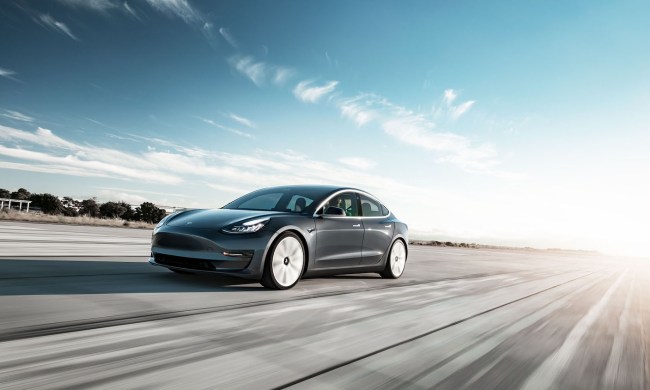Most of us have, at some point, picked up a chocolate bar whose packaging states that it comes from some far-flung location. There are all sorts of reasons for doing this, whether it be to sample cocoa from different parts of the world, because we want to support ethical farming practices around the globe, or any number of other explanations. But how do we know the chocolate actually comes from that location? Short of booking a few plane tickets (not so easy to do right now) and following the chocolate’s supply chain back to its source, you’ve got to trust what it says on the label.
Or do you? An interesting research project from chemists at Towson University in Maryland offers another approach. Led by chemist Shannon Stitzel, researchers at Towson have developed a technique for assessing the chemical “fingerprint” of a chocolate bar. One day they believe it will even be possible to use the technique to determine exactly which farm the cocoa beans in question come from.
“I teach analytical chemistry, which has a heavy focus on lab work,” Stitzel, an associate professor at Towson, told Digital Trends. “So I try to design labs that teach important techniques while being engaging for students. Food is a great hook for students — and I happen to love chocolate — so that’s where this project began.”
Stitzel started out with regular store-bought single-origin dark chocolate bars from a few different countries. She then developed a lab setup that combines a special sample preparation method with a pattern recognition-based data analysis system. The approach uses a technique called liquid chromatography to separate the cocoa liquor compounds from various chocolate samples, together with mass spectrometry to identify the samples’ chemical signatures. These chemical signatures reflect things like the different quantities of compounds like caffeine, theobromine and catechins.
“The lab [setup] worked well, and that’s then I started looking for more single-origin samples and really began looking into the literature on provenance determination,” Stitzel explained. “Through a friend of a friend, I was able to obtain cocoa samples from various locations around the world, and have been working with undergraduate research students to develop this method [ever since].”
Expect things to get more accurate in the future, too. “I’d love to obtain some samples from different regions within a country to see if we can pinpoint locations to one area, or if the country level is as far as we can get,” Stitzel said. “I’d also be interested in finding if there are chemical signatures in the cocoa samples that are correlated to the genetics of the cocoa plant and flavor of the cocoa itself. My understanding is that it’s difficult to predict from genetics alone whether the cocoa produced will taste good. It would be interesting to see if combining genetics with chemical signatures would provide a better prediction of the cocoa flavor profile.”
The results, published through the American Chemical Society (ACS), are available to read online.


